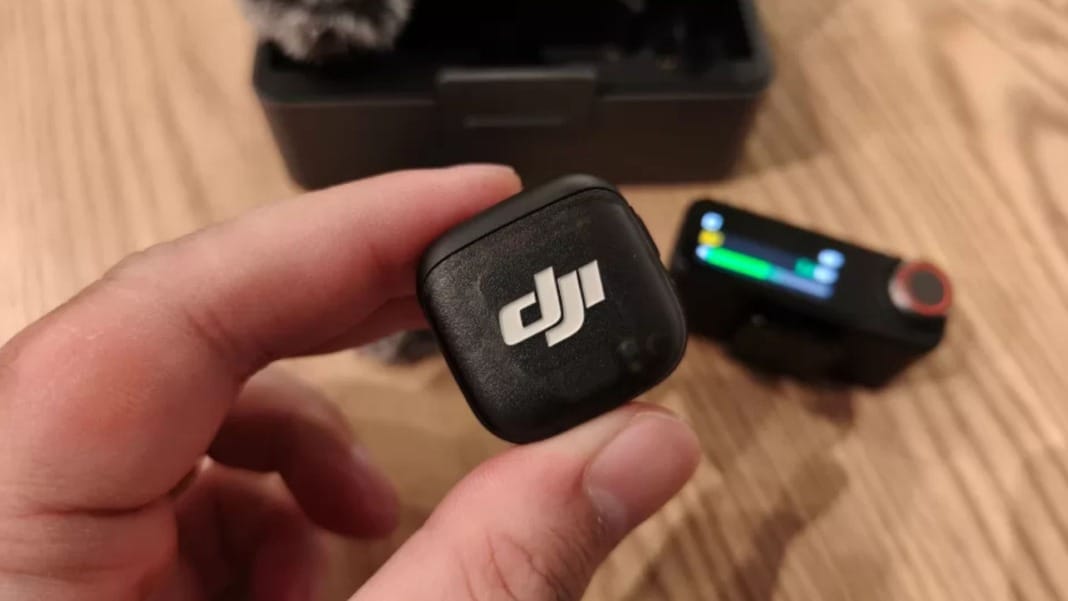DJI has revealed the Mic 3, its latest wireless lavalier microphone system, which is significantly smaller and lighter than its predecessor while offering an expanded feature set. The new model is half the size and weight of the Mic 2. Yet, it manages to enhance its technical capabilities, providing professionals and content creators with a versatile tool for recording high-quality audio.
Smaller design with advanced recording capabilities
Weighing just 16 grams, the Mic 3 is comparable in size and weight to DJI’s 10-gram Mic Mini, which was introduced last year. However, unlike the simpler Mic Mini, the Mic 3 retains premium features such as built-in backup recording to avoid lost audio and a touchscreen display on the receiver for monitoring battery levels and adjusting settings.
The microphone includes 32GB of internal storage, a notable increase from the 8GB available on the Mic 2, allowing for dual-file recordings in both 24-bit and 32-bit floating-point formats. This storage boost gives users greater flexibility for capturing professional-grade audio without relying solely on external devices.
Enhanced connectivity and sound controls
The DJI Mic 3 introduces support for up to four transmitters and eight receivers simultaneously, making it suitable for recording large groups or multi-speaker environments. It offers a wireless transmission range of 400 metres (1,312 feet) and automatically switches between 2.4GHz and 5GHz frequencies to maintain stable connections and minimise interference.
To further enhance sound quality, the system features two levels of active noise cancellation, which help reduce background noise in outdoor or crowded environments. DJI has also introduced two new Adaptive Gain Control modes: an Automatic mode that reduces sudden volume spikes and prevents clipping in noisy environments, and a Dynamic mode designed for maintaining consistent volume levels in quieter, indoor settings such as studios.
The device also features three voice tone presets — Regular, Rich, and Bright — allowing users to fine-tune vocal clarity according to their individual voice characteristics.
Battery life and availability details
The Mic 3 offers battery life that falls between DJI’s previous wireless microphone systems. The receiver runs for up to eight hours on a single charge, while the transmitter lasts up to 10 hours. By comparison, the Mic 2 provided six hours of battery life for both devices, while the Mic Mini offered up to 11.5 hours and 10.5 hours of battery life for the transmitter and receiver, respectively.
The charging case for the Mic 3 supplies approximately 2.4 full charges, giving users an additional 28 hours of operation when on the move.
DJI has not yet disclosed the price or release date for the Mic 3. However, it has been confirmed that the microphone will not be available in the United States immediately, suggesting a staggered launch starting in other regions. For reference, the Mic 2 launched at US$219 for the two-microphone transmitter kit, while the Mic Mini is currently priced at US$169.





